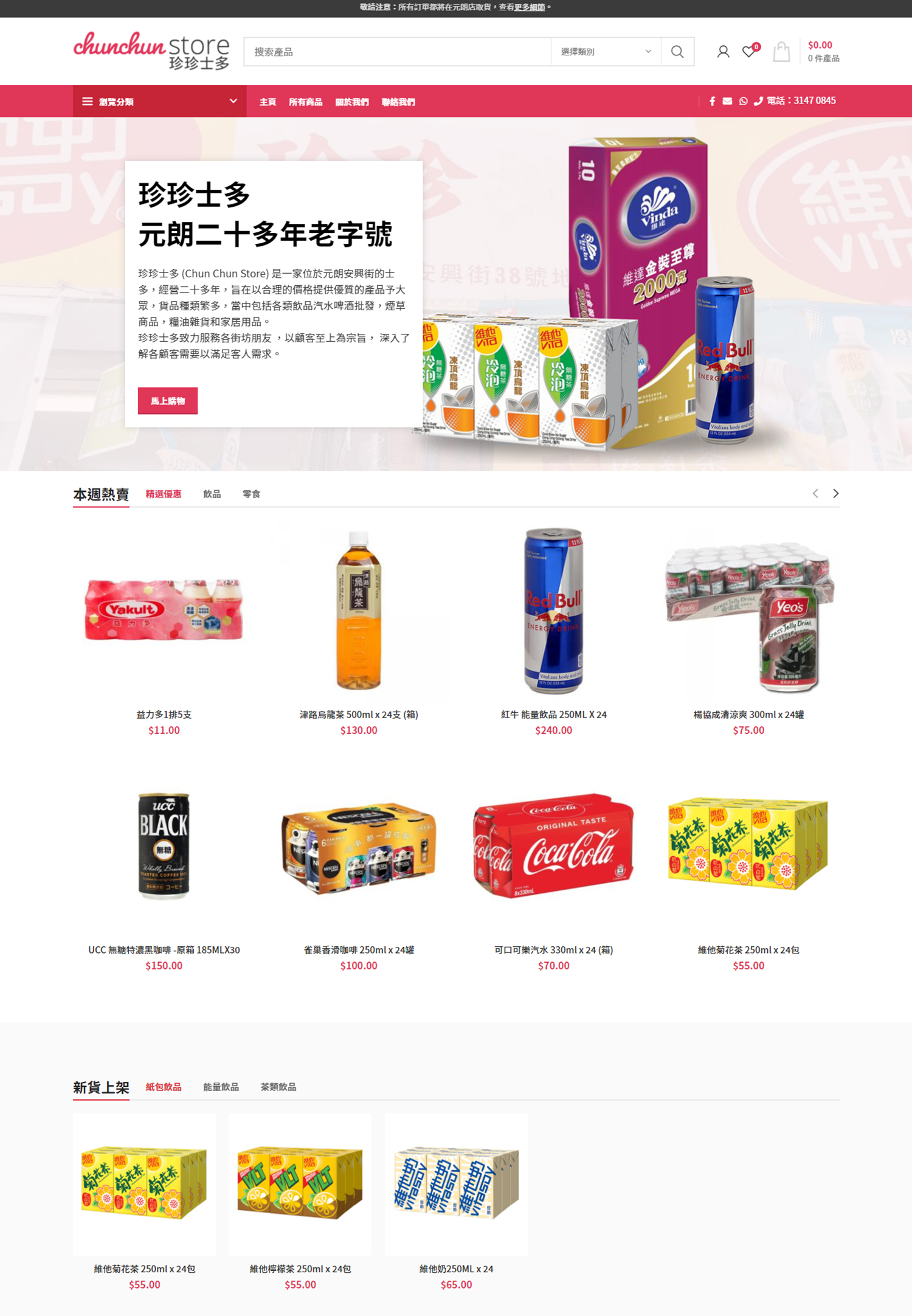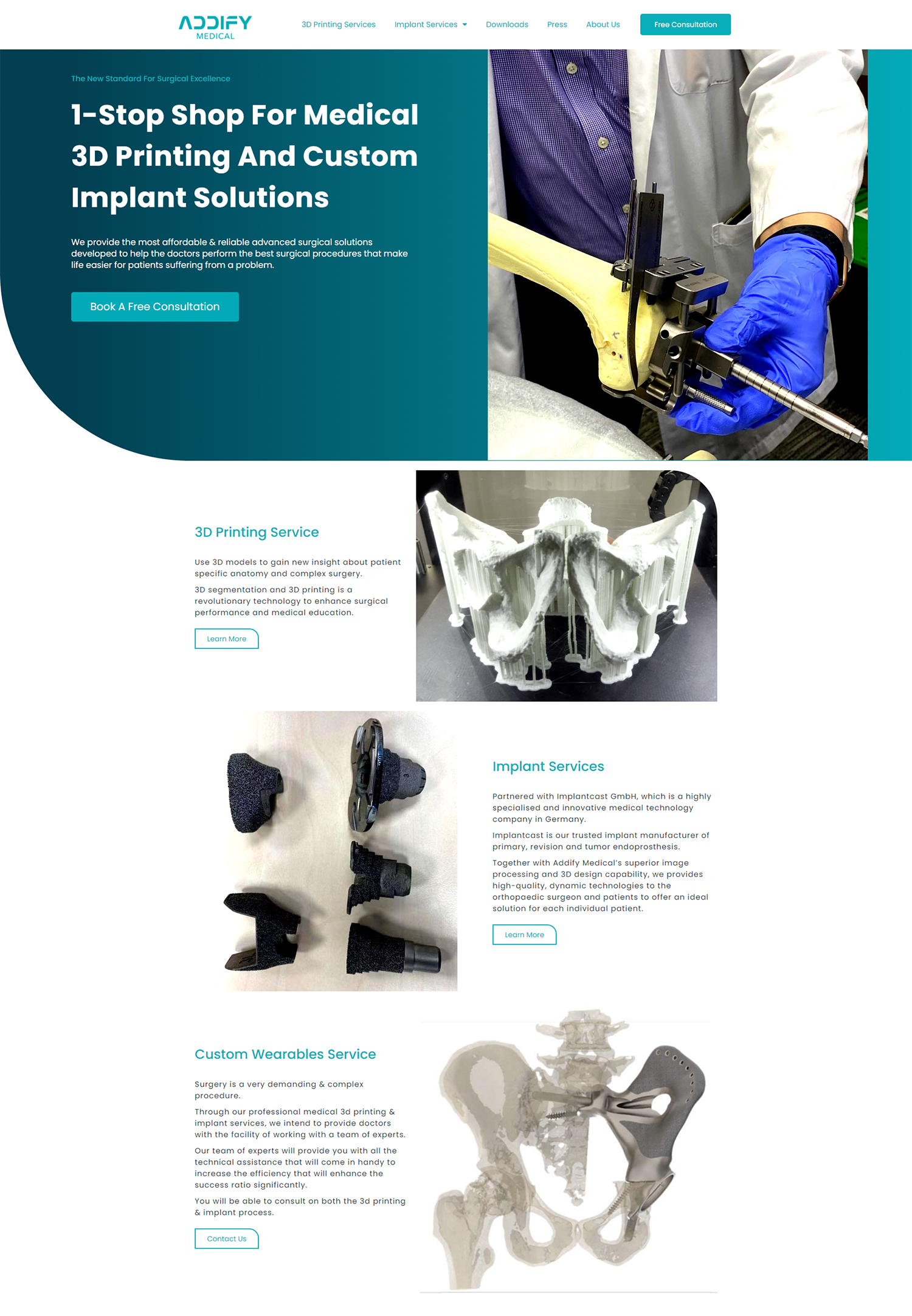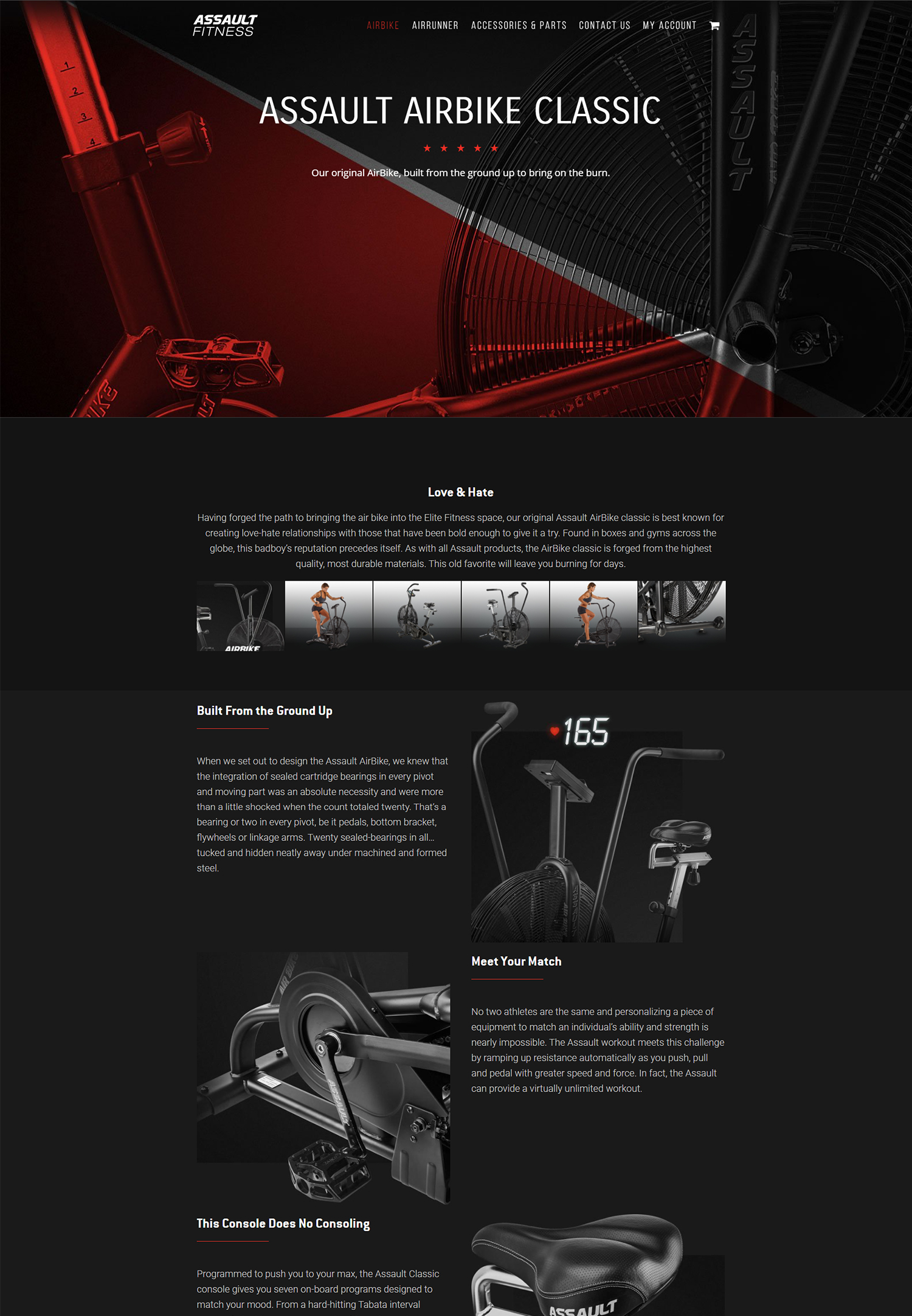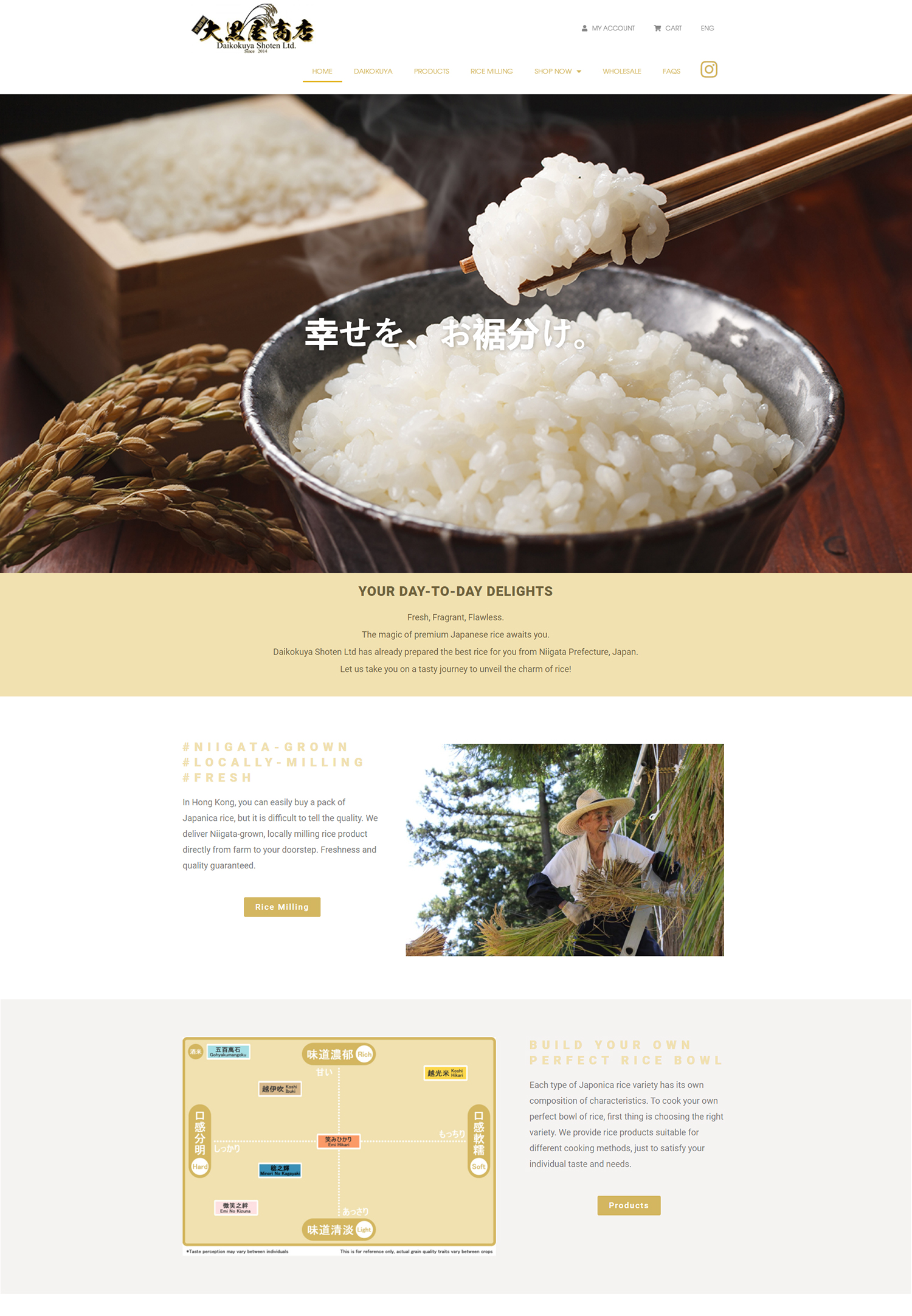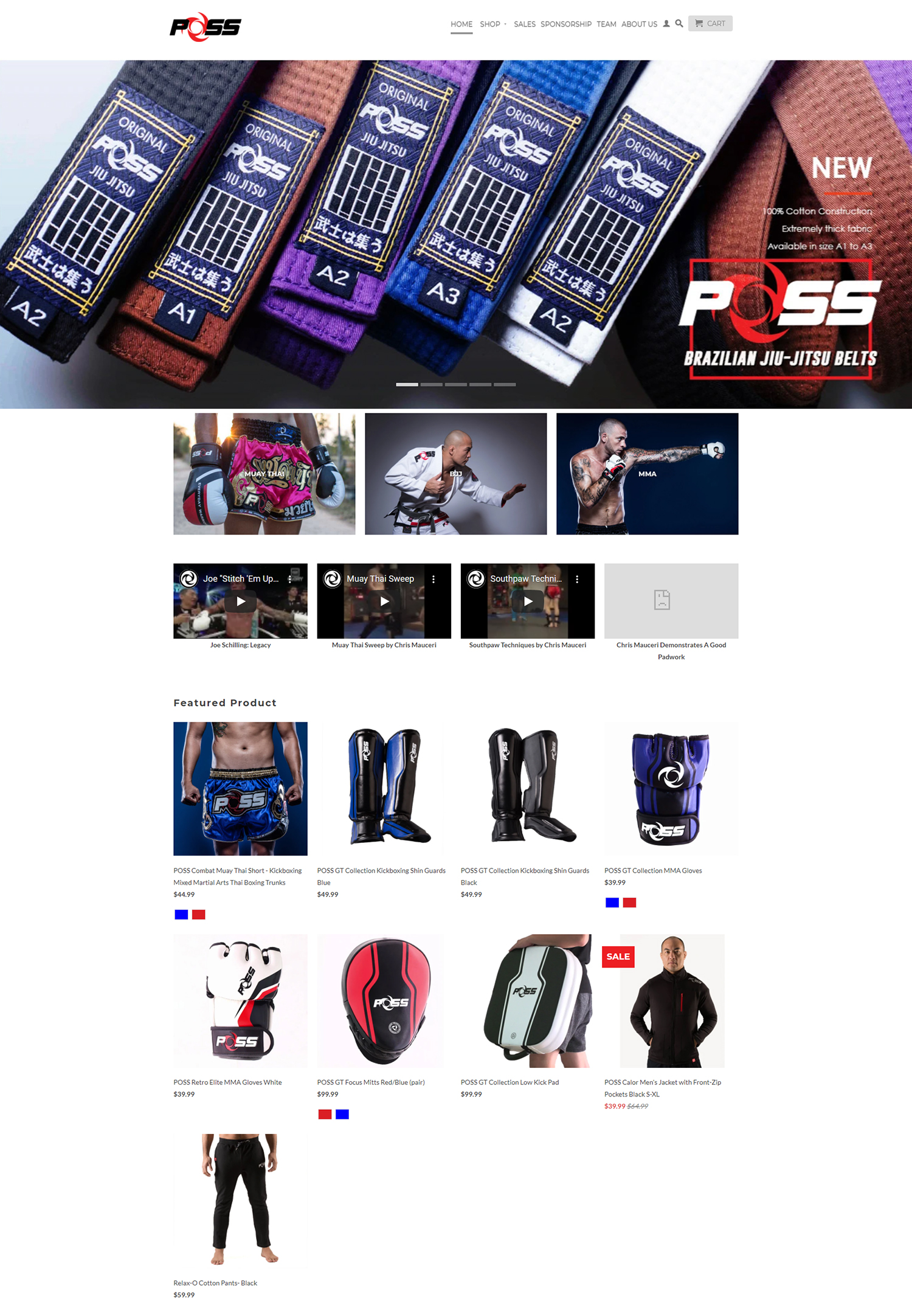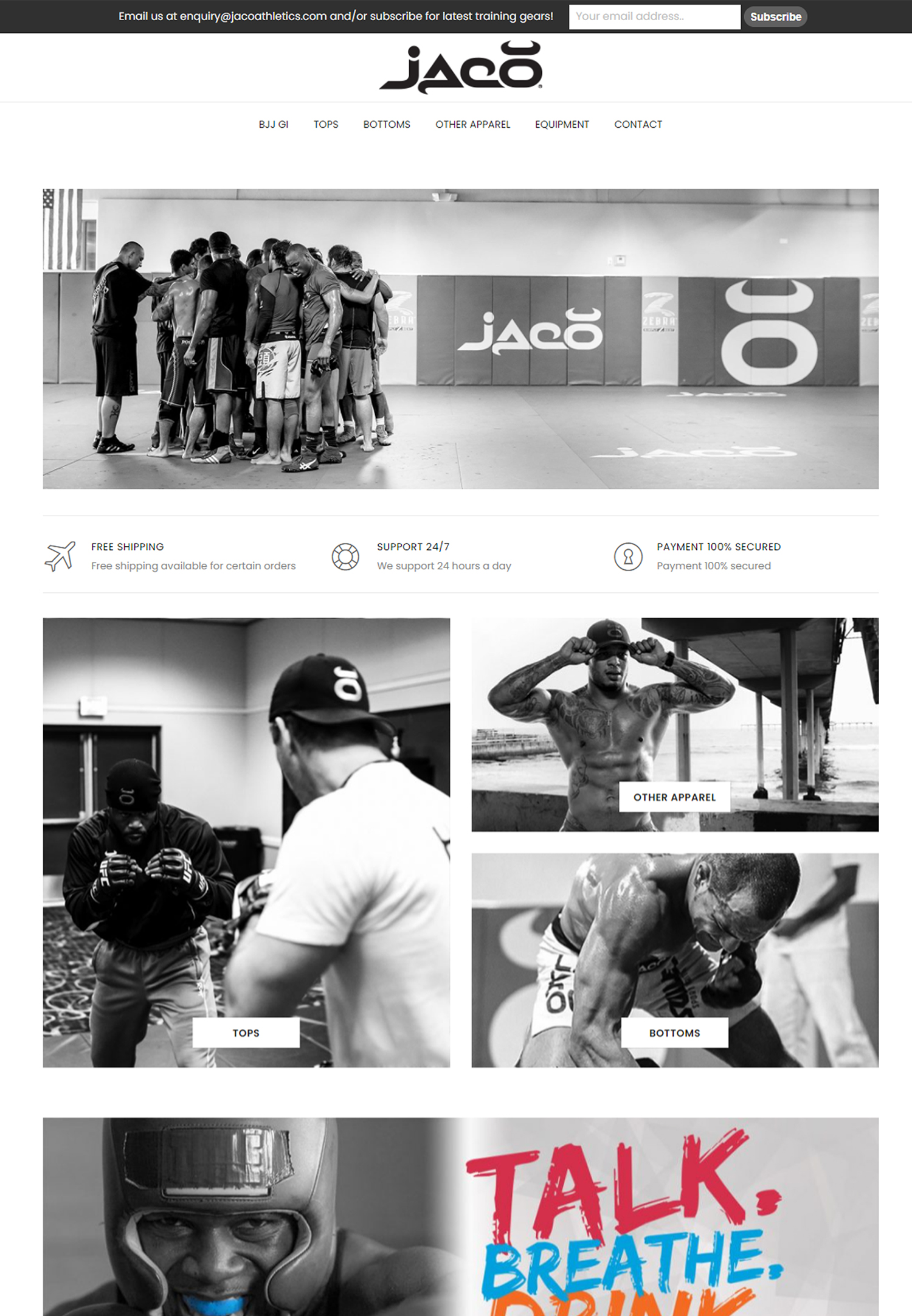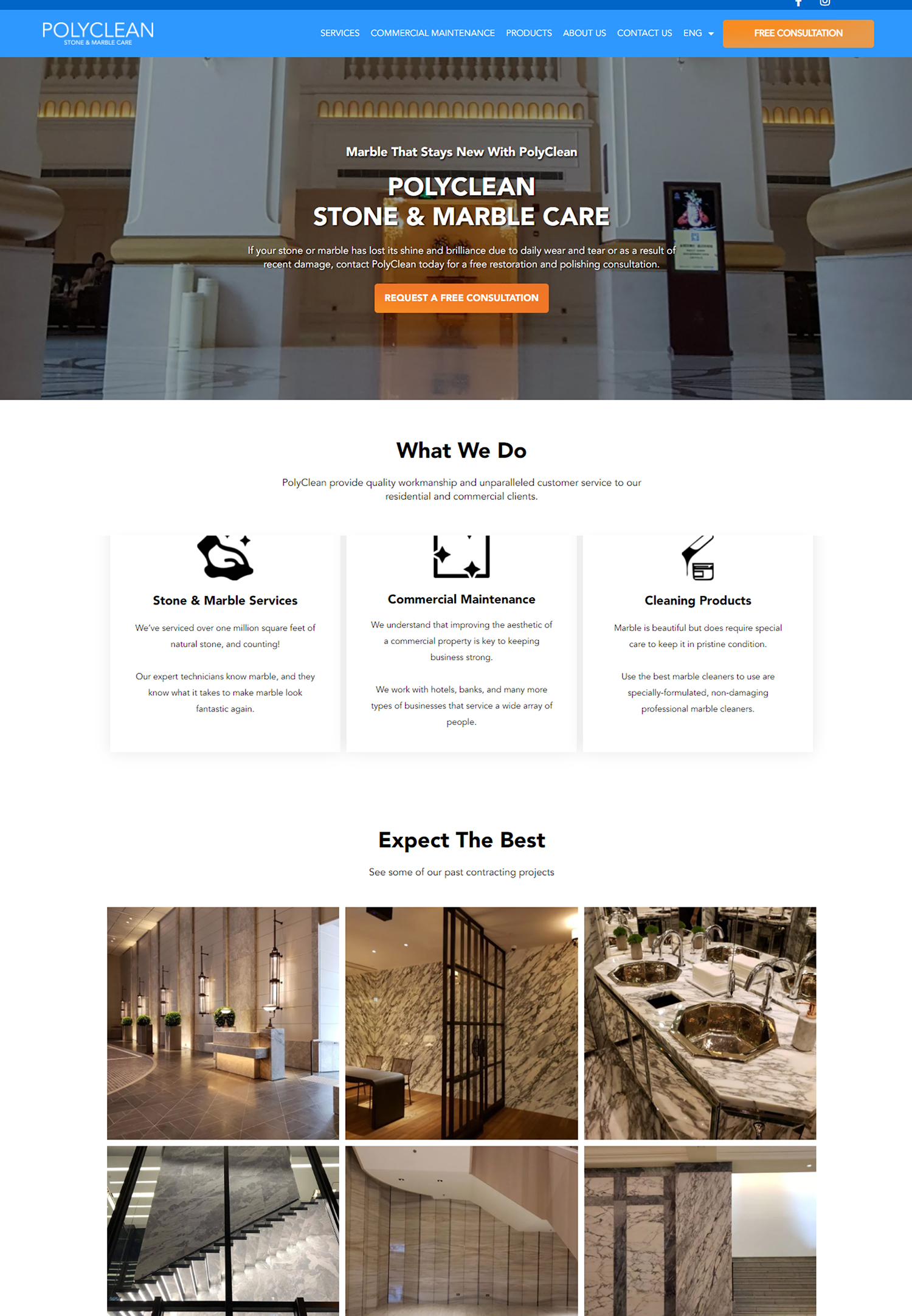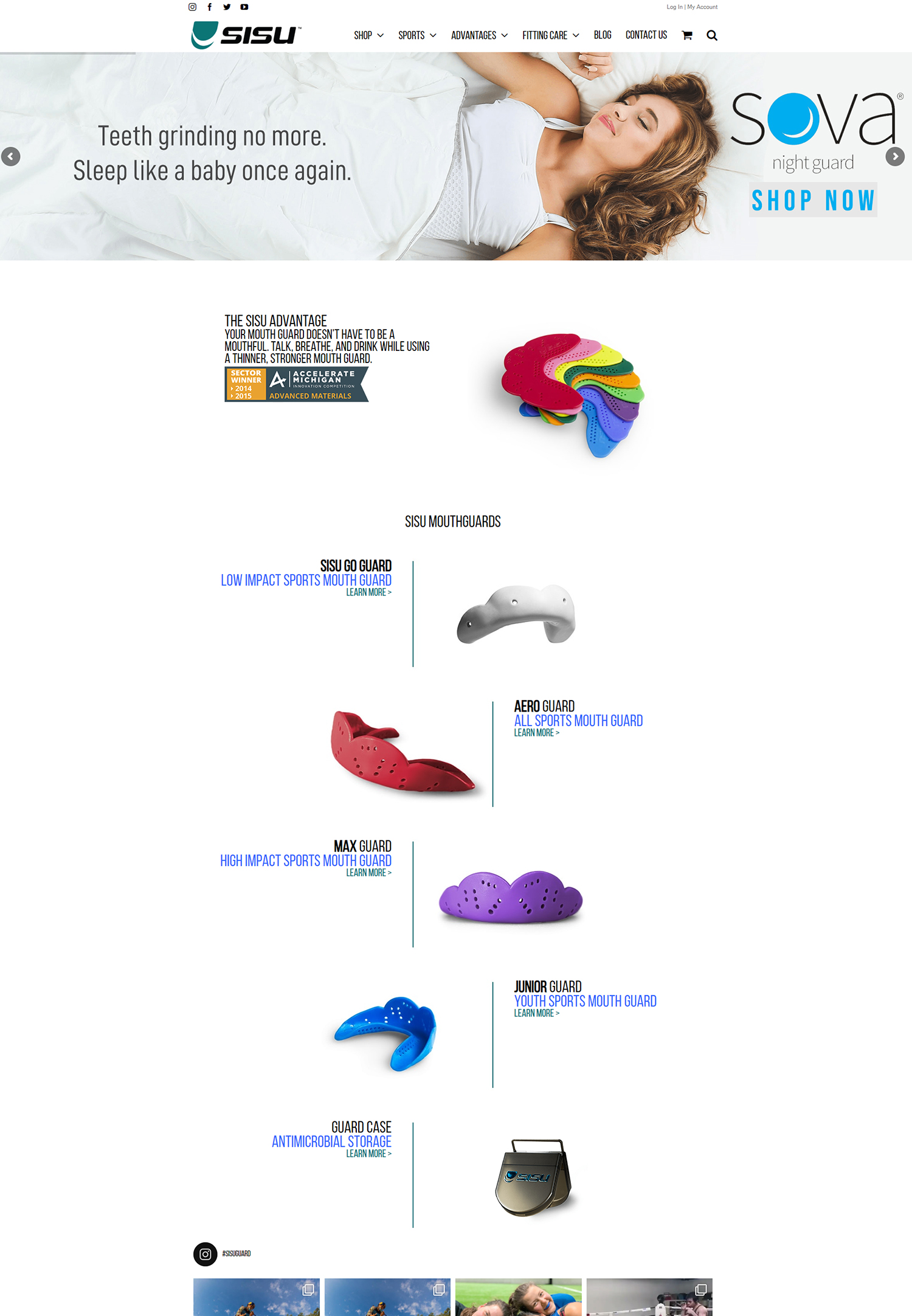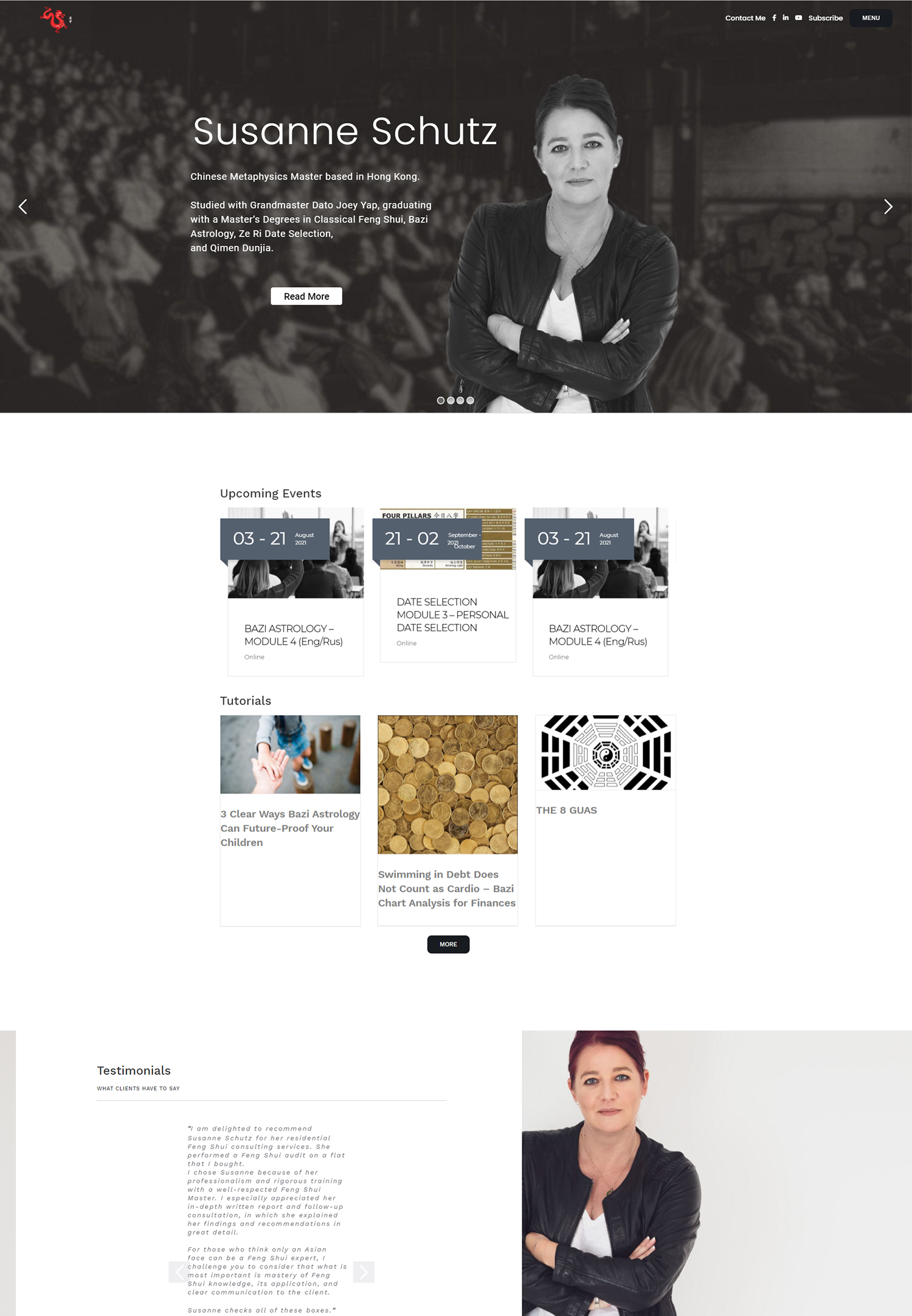In today’s fast-paced digital world, where attention spans are shorter than ever, the loading speed of a website can make or break its success. Users expect websites to load quickly and seamlessly, and if they don’t, they are likely to abandon the site and look for alternatives. This is why loading speed optimization is crucial for the success of any website. By optimizing the loading speed, you can improve user experience, increase engagement, boost your SEO rankings, and ultimately drive more conversions. In this article, we will explore the importance of loading speed optimization and provide tips and techniques to help you improve your website’s loading speed.
Why Loading Speed Optimization is Crucial for Your Website’s Success
Loading speed has a direct impact on the success of your website. Studies have shown that users have little patience when it comes to waiting for a website to load. In fact, according to a study by Google, 53% of mobile users abandon a site if it takes longer than 3 seconds to load. This means that if your website is slow to load, you are losing potential customers and revenue.
Furthermore, loading speed also affects user satisfaction and engagement. A slow-loading website can frustrate users and lead to a negative user experience. Users are more likely to engage with a website that loads quickly and smoothly, increasing the chances of them staying on your site longer, exploring more pages, and taking desired actions such as making a purchase or filling out a form.
The Impact of Loading Speed on User Experience and Engagement
Loading speed plays a crucial role in user experience and engagement. When a user visits a website, their first impression is formed within seconds based on how quickly the site loads. If the site takes too long to load, users are likely to leave and look for alternatives. This not only leads to lost traffic but also damages your brand reputation.
Slow loading speeds can also negatively impact user engagement. Users are less likely to engage with a website that takes a long time to load. They may become frustrated and abandon the site before even exploring its content. This can result in higher bounce rates and lower conversion rates.
For example, imagine you are searching for a specific product online and click on a website that takes forever to load. Chances are, you will quickly hit the back button and look for another website that offers a similar product but loads faster. This is why it is crucial to optimize your website’s loading speed to provide a positive user experience and increase engagement.
How Slow Loading Speeds Can Negatively Affect Your SEO
Loading speed is not only important for user experience but also for search engine optimization (SEO). Search engines like Google take loading speed into account when ranking websites in search results. A slow-loading website can negatively impact your SEO rankings, making it harder for users to find your site.
Google has explicitly stated that loading speed is a ranking factor in its algorithm. Websites that load faster are more likely to rank higher in search results compared to slower-loading websites. This means that if your website is slow, you may be losing out on organic traffic and potential customers.
In addition, slow loading speeds can also affect other SEO factors such as crawlability and indexability. Search engine bots may have difficulty crawling and indexing your website if it takes too long to load, resulting in lower visibility in search results.
The Benefits of Fast Loading Speeds for Your Website’s Conversion Rates
Fast loading speeds can have a significant impact on your website’s conversion rates. When users visit a website that loads quickly, they are more likely to stay on the site, explore its content, and take desired actions such as making a purchase or filling out a form.
Studies have shown that even small improvements in loading speed can lead to significant increases in conversion rates. For example, Walmart reported a 2% increase in conversions for every 1-second improvement in loading speed. This shows that optimizing your website’s loading speed can directly impact your bottom line.
Fast loading speeds also contribute to a positive user experience, which can further boost conversion rates. When users have a seamless and enjoyable experience on your website, they are more likely to trust your brand and take the desired actions.
Common Causes of Slow Loading Speeds and How to Address Them

There are several common causes of slow loading speeds that you should be aware of. One of the most common causes is large file sizes, such as images or videos, that take a long time to load. To address this issue, you can optimize your images and videos by compressing them without sacrificing quality. There are various tools available that can help you reduce the file size of your media assets.
Another common cause of slow loading speeds is excessive HTTP requests. Each element on a webpage, such as images, scripts, and stylesheets, requires an HTTP request to load. The more requests there are, the longer it takes for the page to load. To address this issue, you can combine and minify your CSS and JavaScript files, reducing the number of HTTP requests.
Poor server performance can also contribute to slow loading speeds. If your server is not able to handle the amount of traffic or if it is located far away from your target audience, it can result in slow loading speeds. To address this issue, you can consider upgrading your hosting plan or using a content delivery network (CDN) to distribute your website’s content across multiple servers.
The Role of Website Design in Loading Speed Optimization
Website design plays a crucial role in loading speed optimization. The design elements you choose, such as images, videos, and animations, can significantly impact the loading speed of your website.
One of the key factors to consider is the use of high-quality images. While high-resolution images can enhance the visual appeal of your website, they can also slow down the loading speed. To optimize your website’s loading speed, you should use compressed and properly sized images. You can also consider using lazy loading techniques, where images are loaded only when they are visible on the screen.
The use of excessive animations and videos can also contribute to slow loading speeds. While these elements can make your website more engaging, they can also increase the file size and loading time. It is important to strike a balance between visual appeal and loading speed when designing your website.
Tools and Techniques for Measuring and Improving Your Website’s Loading Speed
There are several tools and techniques available to measure and improve your website’s loading speed. One of the most popular tools is Google PageSpeed Insights. This tool provides a detailed analysis of your website’s loading speed and offers suggestions for improvement.
Another useful tool is GTmetrix, which provides a comprehensive report on your website’s performance, including loading speed, page size, and number of requests. It also offers recommendations for optimizing your website’s performance.
To improve your website’s loading speed, you can implement various techniques such as browser caching, minification of CSS and JavaScript files, and enabling compression. These techniques can help reduce the file size and improve the loading speed of your website.
Best Practices for Loading Speed Optimization: Tips and Tricks from the Pros
There are several best practices that you can follow to optimize your website’s loading speed. Here are some tips and tricks from industry professionals:
1. Optimize images: Compress and properly size your images to reduce their file size without sacrificing quality. Use lazy loading techniques to load images only when they are visible on the screen.
2. Minify CSS and JavaScript files: Combine and minify your CSS and JavaScript files to reduce the number of HTTP requests.
3. Enable compression: Enable GZIP compression to reduce the file size of your website’s assets.
4. Use a content delivery network (CDN): Use a CDN to distribute your website’s content across multiple servers, reducing the distance between your server and your target audience.
5. Reduce the number of plugins: Limit the number of plugins on your website, as they can slow down the loading speed.
6. Optimize server performance: Upgrade your hosting plan or use a CDN to improve server performance and reduce latency.
The Importance of Regularly Monitoring and Updating Your Website’s Loading Speed
Regular monitoring and updating of your website’s loading speed is crucial for maintaining optimal performance. Loading speed can be affected by various factors such as changes in website design, updates to plugins or scripts, or increased traffic.
By regularly monitoring your website’s loading speed, you can identify any issues or bottlenecks that may be affecting performance. This allows you to take immediate action to address these issues and ensure that your website continues to load quickly and smoothly.
Regular updates are also important for loading speed optimization. As technology evolves, new techniques and tools become available to improve loading speed. By staying up to date with the latest trends and best practices, you can continuously optimize your website’s loading speed and provide the best possible user experience.
How Loading Speed Optimization Can Help You Stay Ahead of the Competition
Loading speed optimization can give you a competitive edge in today’s digital landscape. With so many websites competing for users’ attention, having a fast-loading website can set you apart from the competition.
A fast-loading website not only provides a better user experience but also improves your SEO rankings. This means that when users search for products or services related to your business, your website is more likely to appear higher in search results compared to slower-loading websites.
Furthermore, a fast-loading website can also improve your brand reputation and customer satisfaction. Users are more likely to trust and engage with a website that loads quickly and smoothly. This can lead to increased customer loyalty and repeat business.
In conclusion, loading speed optimization is crucial for the success of your website. It directly impacts user experience, engagement, SEO rankings, and conversion rates. By optimizing your website’s loading speed, you can provide a positive user experience, increase engagement, improve your SEO rankings, and drive more conversions.
To optimize your website’s loading speed, you should address common causes of slow loading speeds such as large file sizes, excessive HTTP requests, and poor server performance. You should also consider the role of website design in loading speed optimization and follow best practices such as optimizing images and minifying CSS and JavaScript files.
Regular monitoring and updating of your website’s loading speed is important to maintain optimal performance. By staying on top of loading speed optimization, you can stay ahead of the competition and provide the best possible user experience. So don’t wait any longer – take action today to optimize your website’s loading speed and reap the benefits it can bring to your business.
If you’re looking to optimize your website’s loading speed, you may also be interested in learning about the benefits of email marketing campaigns in 2020. In this informative article, Populis Digital explores how email marketing can drive engagement and conversions for your business. Check it out here.
FAQs
What is loading speed optimization?
Loading speed optimization refers to the process of improving the speed at which a website loads. This involves various techniques and strategies to reduce the time it takes for a website to display its content to users.
Why is loading speed optimization important?
Loading speed optimization is important because it can significantly impact user experience and website performance. A slow-loading website can lead to higher bounce rates, lower engagement, and decreased conversions. Additionally, search engines like Google consider loading speed as a ranking factor, which can affect a website’s visibility in search results.
What are some common techniques used for loading speed optimization?
Some common techniques used for loading speed optimization include optimizing images and videos, minifying code, reducing server response time, leveraging browser caching, and using content delivery networks (CDNs).
How can I test my website’s loading speed?
There are various tools available to test your website’s loading speed, including Google’s PageSpeed Insights, GTmetrix, Pingdom, and WebPageTest. These tools provide detailed reports on your website’s performance and offer suggestions for improvement.
What are some benefits of loading speed optimization?
Some benefits of loading speed optimization include improved user experience, increased engagement and conversions, better search engine rankings, and reduced bounce rates. Additionally, a faster-loading website can lead to increased customer satisfaction and loyalty.




